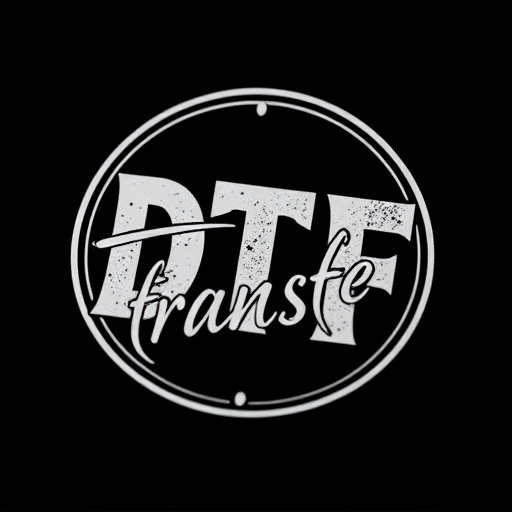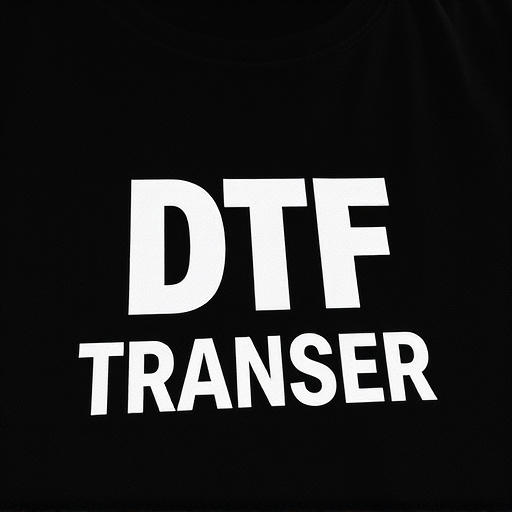Ingrown hairs can be treated with laser hair removal, which targets melanin in follicles to reduce hair growth. Alternative methods include exfoliation, chemical peels, and topical medications. A holistic approach combines treatments with gentle hygiene for optimal results. Laser removal offers permanent solutions while consistent hydration and diet support skin health.
Ingrown hairs can be a persistent and painful issue, but with the right approach, they can be effectively managed. This comprehensive guide delves into the world of ingrown hair care, offering insights on understanding the root causes, including laser hair removal as a potential solution. We explore various treatment techniques beyond lasers and unveil a step-by-step routine designed to deliver lasting results. Discover expert tips for prevention and say goodbye to irritated skin once and for all.
- Understanding Ingrown Hair and Laser Hair Removal
- Effective Ingrown Hair Treatment Techniques Beyond Laser
- Comprehensive Ingrown Hair Care Routine for Lasting Results
Understanding Ingrown Hair and Laser Hair Removal

Ingrown hairs are a common skin issue that occurs when hair follicles become blocked, causing hair to grow back into the skin instead of outward. This condition can lead to inflammation, redness, and even infection. It often affects areas with high hair growth, such as the legs, arms, and face. Understanding the root cause is key to effective ingrown hair care.
Laser hair removal has emerged as a popular and long-lasting solution for managing ingrown hairs. By targeting the melanin in the hair follicle, lasers can break up or destroy the follicles, reducing hair growth over time. This non-invasive procedure offers a permanent reduction in unwanted hair and can significantly improve the appearance of ingrown hairs. It’s an effective treatment option for those seeking a long-term solution to this skin concern.
Effective Ingrown Hair Treatment Techniques Beyond Laser

Ingrown hairs can be a persistent problem, but there are effective treatments beyond laser hair removal. One popular method is exfoliation, which involves gently sloughing off dead skin cells to prevent hair from piercing the skin’s surface. Regular exfoliation, often with a loofah or chemical exfoliants like glycolic acid, can help clear up existing ingrown hairs and reduce their formation in the future.
Another technique is using topical medications. Creams or gels containing ingredients like salicylic acid or retinoids can help dissolve hair that’s grown back into the skin. Additionally, some natural remedies, such as tea tree oil, have anti-inflammatory properties that can soothe irritated skin and promote healing. Combining these techniques with proper hygiene and skincare routines can significantly improve ingrown hair conditions without resorting to laser treatments.
Comprehensive Ingrown Hair Care Routine for Lasting Results

A comprehensive ingrown hair care routine is essential for achieving lasting results and maintaining smooth, bump-free skin. Beyond regular exfoliation, incorporate targeted treatments like a gentle chemical peel or a specialized serum designed to prevent and reduce ingrown hairs. Laser hair removal stands out as an effective long-term solution, offering permanent reduction in hair growth by targeting the follicle itself.
For optimal results, combine these methods with consistent hygiene practices, such as gently cleansing the affected areas daily and avoiding harsh scrubs or picks that can irritate the skin further. Additionally, stay hydrated and consider a balanced diet rich in vitamins and minerals to support overall skin health.
Ingrown hairs can be a persistent issue, but with the right approach, you can achieve smooth and clear skin. Combining understanding with effective treatments like laser hair removal offers long-lasting solutions. By implementing a comprehensive care routine, you can say goodbye to ingrown hairs for good. Remember, consistent self-care and professional treatments are key to achieving and maintaining healthy, smooth skin.














